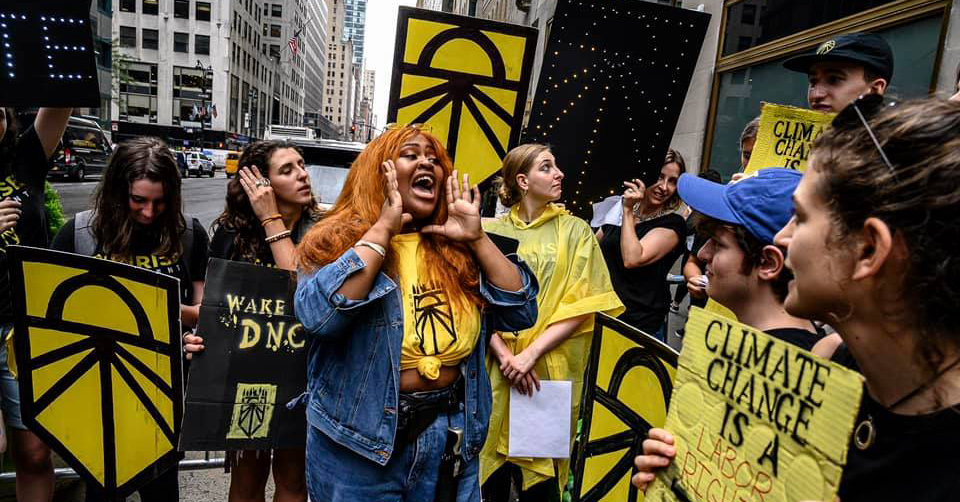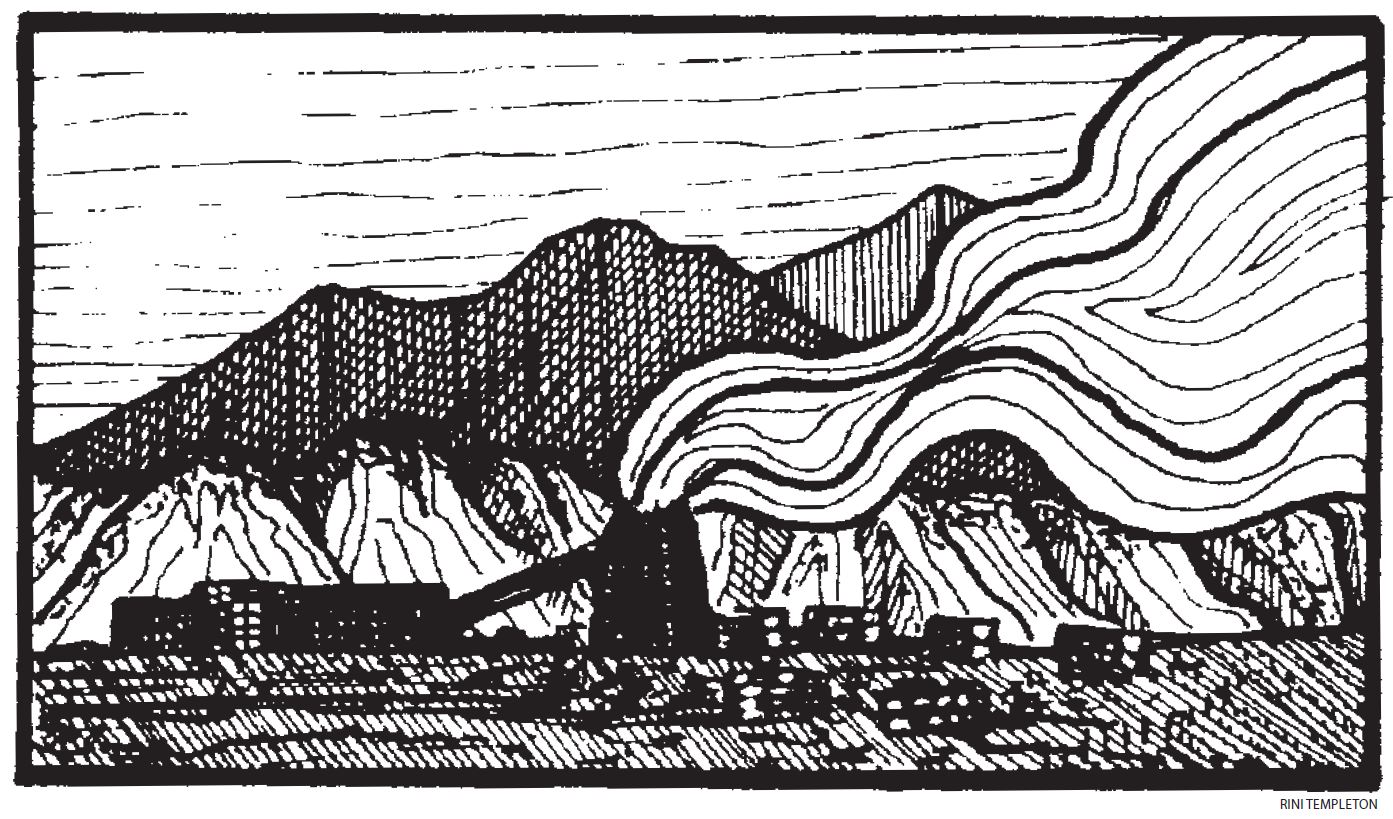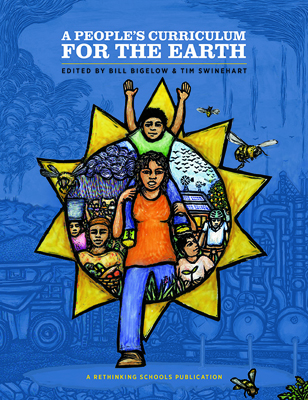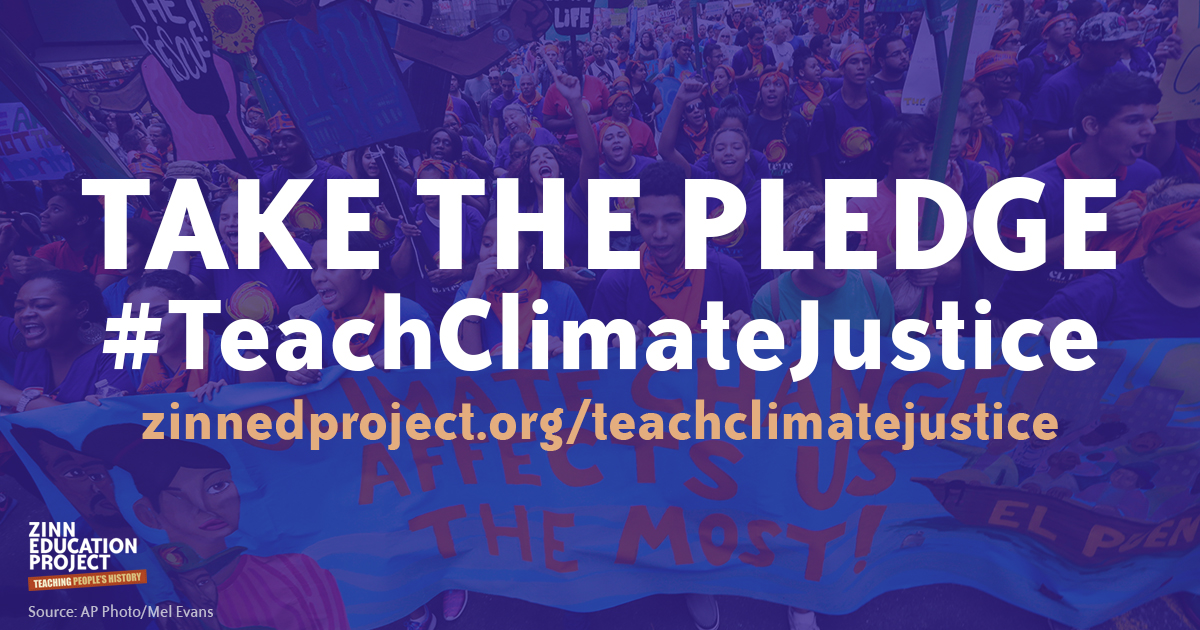
By Ursula Wolfe-Rocca
At the end of August a group of student activists presented a letter to the Portland, Oregon, School Board regarding their plans to walk out of school on September 20th, part of a wave of activities in the week-long Global Climate Strike. The letter included an ambitious set of demands — no penalties, academic or extracurricular, for student strikers; the right to organize and promote the strike at school; dissemination of climate justice curriculum for educators to teach in the days leading up to and on September 20th; and more. The letter left me energized and inspired to do my part as a teacher to act in solidarity with my students.
There was only one problem: Those activists who have been showing up to school board meetings, sitting on climate justice committees, and organizing the September 20th walk-out, are not my students.
Although I live in Portland, I do not teach there. I teach in a wealthy suburb south of the city and, in the first two weeks of school, I have heard not a word about September 20th from my 11th-grade U.S. history students. In fact, when we read an article about Greta Thunberg’s activism, only a handful of students celebrated her actions and expressed support for the strike; most of my students were dismissive, even hostile, to the strikers and the climate emergency for which they’re sounding the alarm. Some students questioned the efficacy of the tactic: “It’s not like skipping school actually fixes the problem they’re supposedly so concerned about.” Others questioned the motivation of the strikers: “I think a lot of kids are just looking for an excuse to skip school.” Still other students expressed alarming views on our climate future: “There is really nothing anyone can do to stop climate change at this point. We need to focus on developing new technologies. Technology is the only thing that is going to save us.”
So what does educator solidarity with the student strikers on September 20th look like at a school like mine, with students like these? Or what about for other teachers, who work in schools that will not countenance a walk-out from kids, much less educators?
First, we can recognize a more meaningful solidarity with climate justice activists will not be limited to a single day but extend throughout the year. Indeed, in the second week of school, by sharing their assumptions about climate change and youth activism, my students offered me a roadmap of some teaching I need to do in the year ahead, on climate change, yes, but also on the history of activism and social change, and, in particular, the role of young people. To imagine and enact the kind of change that is necessary to avert further catastrophe, and to build a more fair, equal, and just world moving forward, our students need the tools offered by a rich, multidisciplinary climate syllabus. Our curriculum will need to emphasize the causes and consequences of, and current responses to, climate change while unearthing lessons from times in our past when collective resistance and social movements changed the world in unimaginably significant ways.
Second, at a minimum, on September 20th, we can surface the climate emergency (to which the strike is planned to draw attention) in our classrooms. I will be in the early days of a unit on the Gilded Age; it will be easy to tie in climate change by examining the exponential growth in the burning of fossil fuels that occurred during that era or the unregulated extraction of the earth’s resources by powerful men, celebrated as the quintessential U.S. capitalists. I am confident many teachers can find ways to make a lesson on climate justice “fit” in their existing scope and sequence.
But since few (perhaps none) of my students will walk out on September 20th, I want to make sure class is not business as usual on that day. I have the freedom in my school to abandon the calendar — at least for a day. Almost every year there comes a time when important events overtake my syllabus. Two years ago, after a white supremacist murdered two people on a MAX train in Portland, my students and I spent time processing and writing poetry of sorrow and solidarity to offer to the school communities that had been impacted. At the start of my first year teaching full time, 9/11 occurred, and I suspended my curriculum only days after I had launched it. Just as in these examples, I will share with my students the “why” behind our breach with the status quo. I will explain that since the climate crisis requires, in the words of the UN Intergovernmental Panel on Climate Change, “unprecedented changes in all aspects of society,” and since activists have spent a lot of time and energy organizing this week of action, we are going to take the day to learn a bit about their work. I will invite students to Meet Today’s Climate Justice Activists, by participating in a mixer role play profiling activists from all over the world, many of them young people. Since my students will not be taking to the streets, this lesson will allow me to bring the streets to my students.
Third, we can build in and protect time and space in our curriculum after the strike for understanding and analyzing what happened on September 20th, with a keen eye toward the stories not making front pages and social media feeds. My students deserve a clearer, fuller view of the (mostly unheralded) student strikers — not just Greta Thunberg — to counter some of the misinformation fueling their dismissive judgments. They deserve an opportunity to change their minds.
Fourth, we can reach out to find allies among colleagues, parents, and community members to push forward the climate curriculum and policy of our schools. Four of my colleagues met after school last week to chat; we brainstormed lesson plans for 9/20, talked about where we might build in climate analysis to existing units, and shared what we’d been hearing from students in the first weeks of school. Our informal meeting in my classroom is a far cry from the achievements of the Portland team of parents, students, educators, and activists who succeeded in pressuring the school board to pass a sweeping, first-of-its-kind climate resolution in 2016. But it’s a start.
The September 20th walkout was called by students; but there is a clear ask of adults. The organizers wrote,
We’re asking adults to step up alongside us. There are many different plans under way in different parts of the world for adults to join together and step up and out of your comfort zone for our climate. Let’s all join together, with your neighbors, co-workers, friends, family and go out on to the streets to make your voices heard and make this a turning point in our history.
For some of us, this stepping up may take the form of walking out with our students. But for many of us, that may not be practical, either because, as in my case, there seems to be no student movement to join, or because the professional risks are simply too great. But the alternative to walking out need not be silence. Let’s join the students, whether in the streets, or in our classrooms, by using our teacher voices for climate justice.

This lesson is being shared by Rethinking Schools for the week of September 15-23 as part of Covering Climate Now, a global collaboration of more than 250 news outlets to strengthen coverage of the climate story.












Twitter
Google plus
LinkedIn